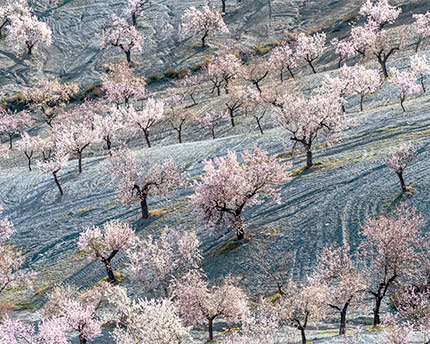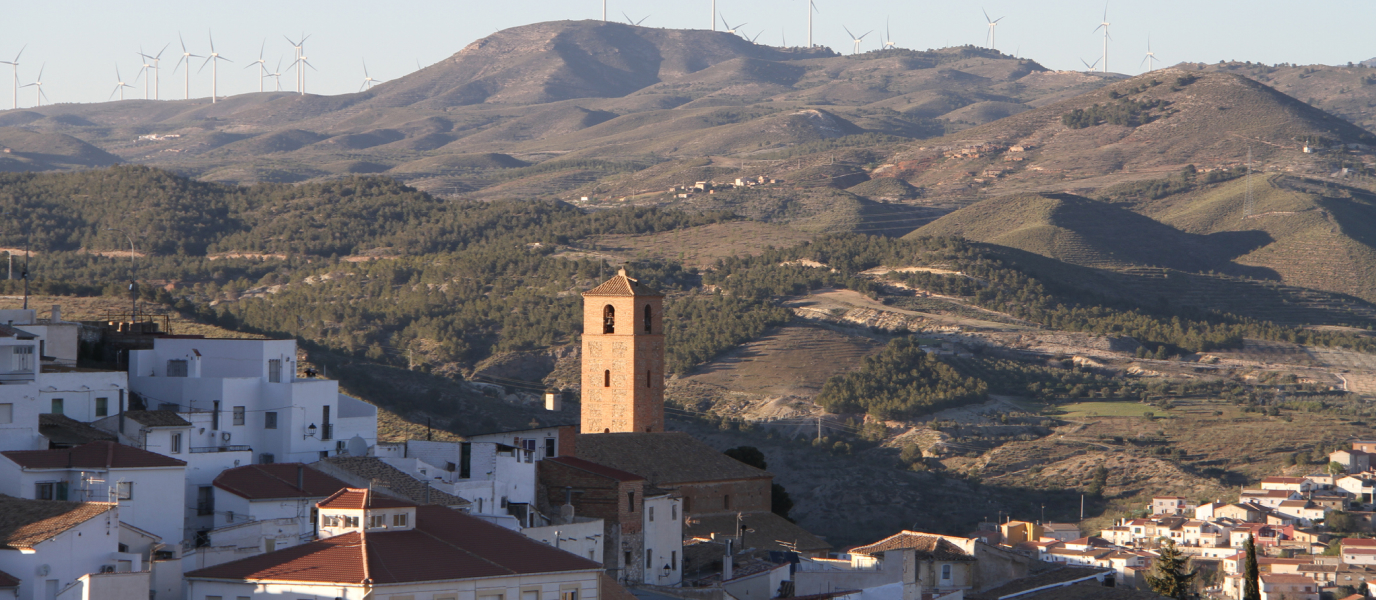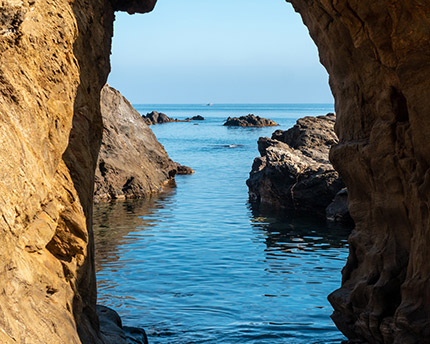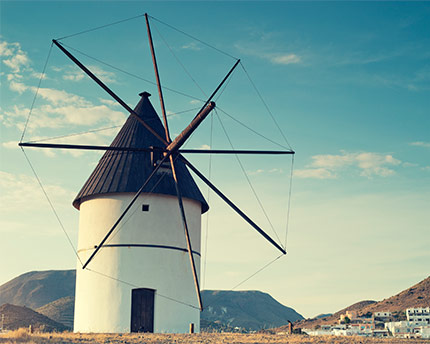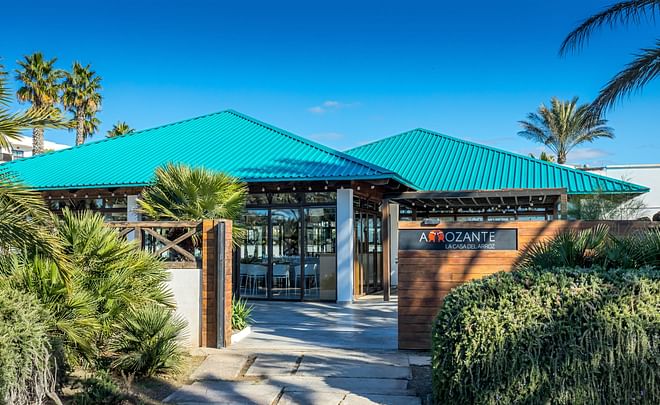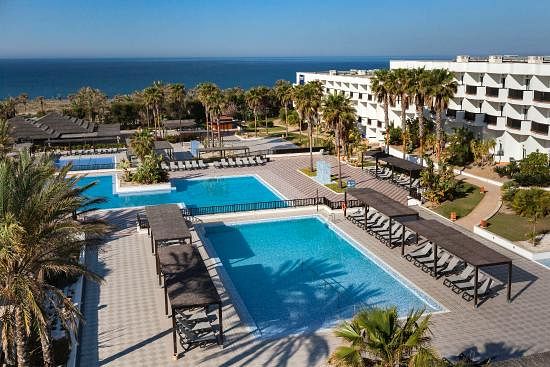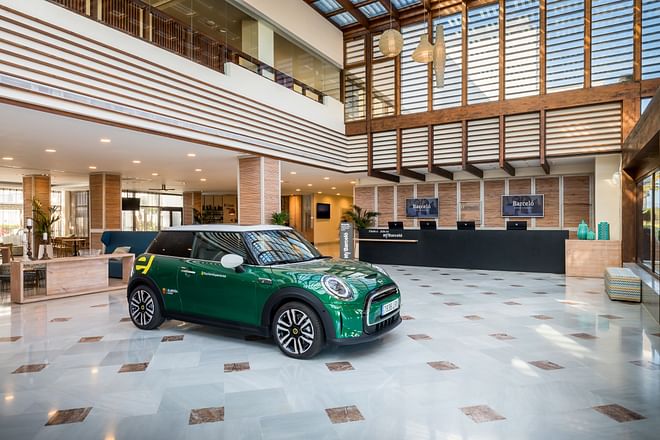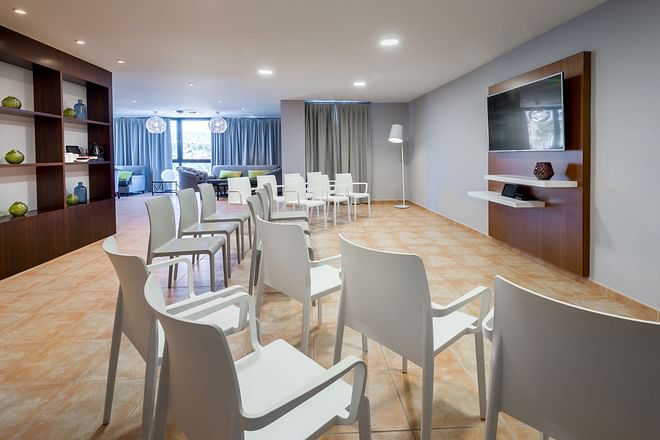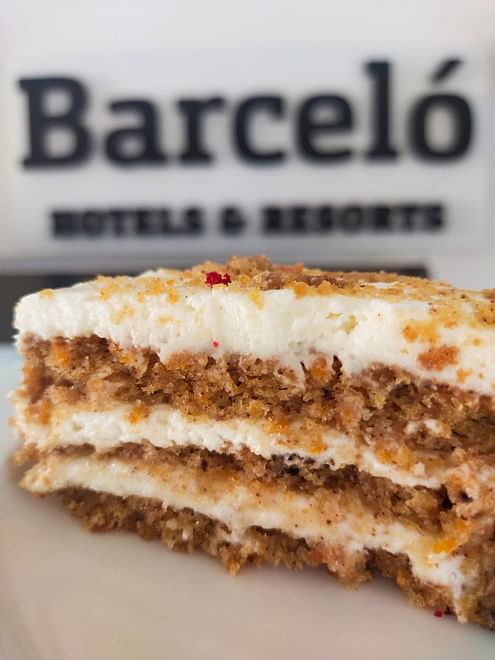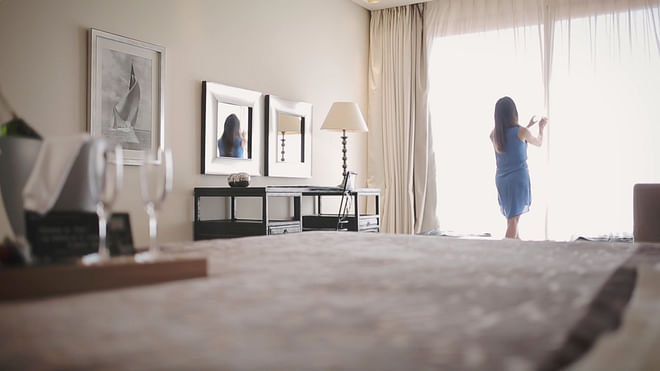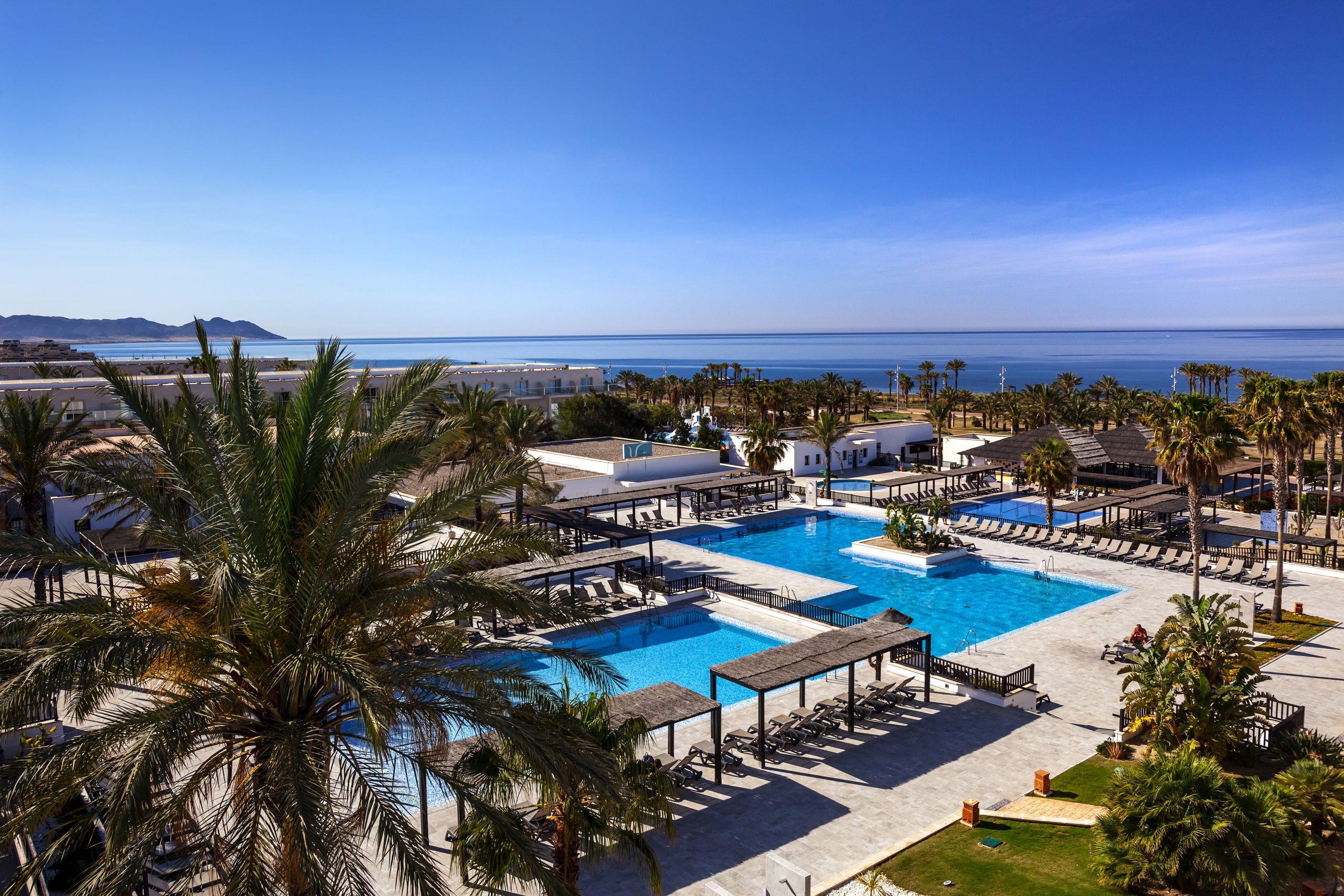What to see in Vélez-Rubio
Just ten minutes by car from the border of Murcia you will find the picturesque town of Vélez-Rubio. It is a town defined by the slopes of nearby mountains and a series of hills still guarded by Moorish fortresses today. Although the first human occupants of the area arrived more than 30,000 years ago (a date archaeologists have arrived at thanks to the discovery of flint axes and arrowheads in the area) it wasn’t until the 15th century when the Moors and Christians of the area established what is known today as El Fatín neighbourhood, the oldest part of Vélez-Rubio.
In the 9th century, there was a Moorish fortress nearby that protected the area from the continuous attacks from the Moors’ enemies. This Hisn (or ‘rural fortress’) of Balish, the name by which the area was known during the Moorish occupation of the Iberian Peninsula, grew into a powerful stronghold, though its remains today amount to just the foundations of the Fuentealta tower and those of some of its walls.
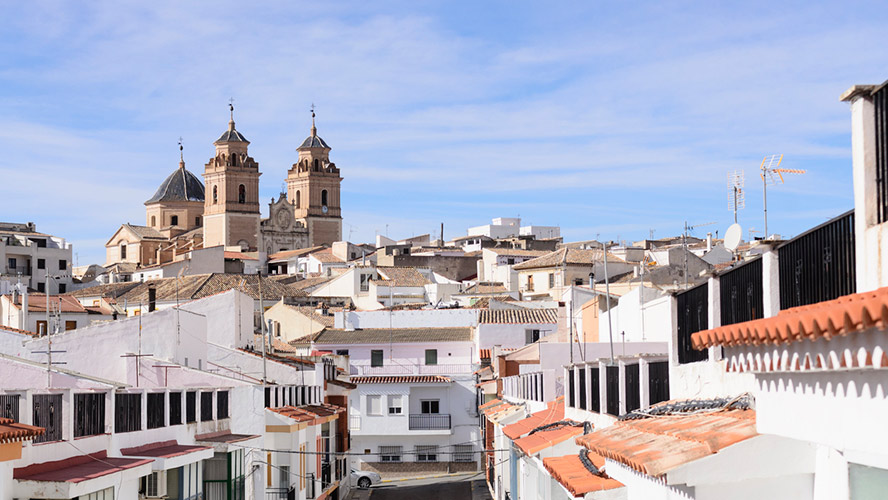
From the 18th century onwards, the urban centre began to grow, although many of the houses kept the defensive arches and shutters they had always constructed. Outside the area of El Fatín, which is full of quaint narrow streets, work began on neoclassical mansions and palatial houses, such as the House of the Arches, but the most important buildings constructed at this time were invariably religious in nature. Among them, the Church of Our Lady of the Incarnation stands out because its architecture demonstrates the transition from Baroque to Neoclassic styles, and the Convent of Mary Immaculate, which was once used as a barracks for French troops during the Spanish War of Independence.
Walking through the historical centre you will come to the Plaza del Rey (or ‘King’s Square’), where a bustling antiquities and second-hand market takes place on the last Sunday of every month. In fact, every Saturday since 1804 the people of Vélez-Rubio have turned out to line the streets – especially Carrera del Mercado – with market stalls for a traditional market that sells fresh fruit and vegetables.
Without having to leave the centre of Vélez-Rubio, you will find the Miguel Guirao Archaeological Museum, which brings the history of this town to life with impressive archaeological artefacts discovered in the local area.
What to see in Vélez-Blanco
Just like in Vélez-Rubio, the environs of Vélez-Blanco were once inhabited by Paleolithic and Neolithic groups. The first buildings were constructed here in the 6th century BCE, which were added to with Roman villas and, subsequently, with Moorish fortresses, which defended the borders of the Kingdom of Granada.
After the Christian conquest of the Iberian Peninsula, the Catholic Monarchs ceded the area to the Governor of Murcia, Pedro Fajardo, also known as the Marquis de los Vélez. The Marquis quickly turned the area into his personal stronghold and ordered a great castle to be built that would serve both military and palatial functions. There was a catch, though. At that time, the new Catholic Monarchs prohibited anybody from building any new fortresses, Fajardo got around this by saying that he was merely augmenting the original Moorish fortress and so he built on top of the old foundations.
The Fajardo family lived in the Castle of Vélez-Blanco until the end of the 17th century, when the direct line of succession came to an end. From the 18th century on, the castle fell into disrepair and parts of its masonry were taken away and used in to construct other buildings, such as the Church of Santiago. After the War of Independence and much sacking, many collectors took an interest in the dilapidated building and began taking what was left of its masonry for their own collections. Its Renaissance patio can still be seen today in the Metropolitan Museum of New York.
The oldest part of the town is known as the Moorish Neighbourhood, a group of medieval houses close to the city wall and guarded by the castle to this day.
After wandering through the town and admiring the majestic facades of some of the palatial buildings and the Convent of San Luis, you should head towards the Cave of Signs, whose rock paintings have become symbols of the region of Almería. This is an important area for cave painting, with such fine examples as the Shelter of Santonge and the Cave of Ambrosio, which has some of the most important Palaeolithic findings in the south-east peninsula.
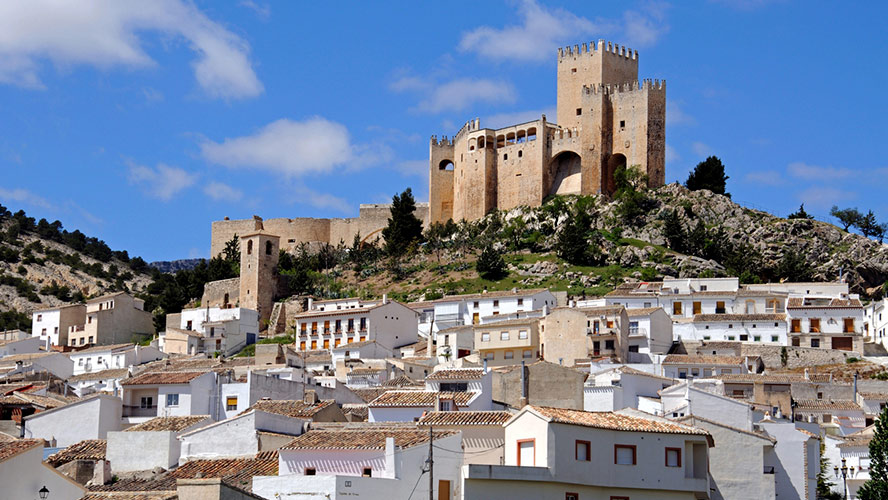
Sierra María-Los Vélez Natural Park
This protected area, replete with pines, holm oaks, stunning scenery and excellent walking paths, is the gateway to Vélez-Rubio and Vélez-Blanco. Out of the 8 walking routes, 5 of them can be found in Vélez-Blanco, along with the visitors centre, which will be able to advice you on which path is best for you.
In order to make the most of this nature reserve, it is highly recommendable that you make your way to the lookout points at Collado de las Arenas and Puerto del Peral, both of which are located in Vélez-Blanco.
























































